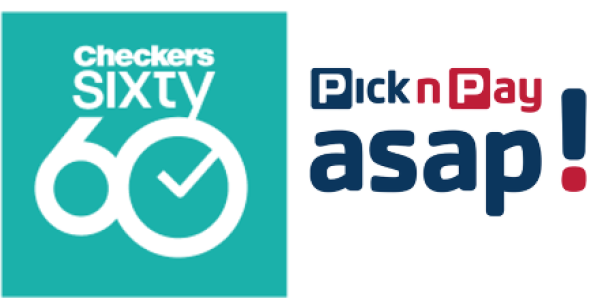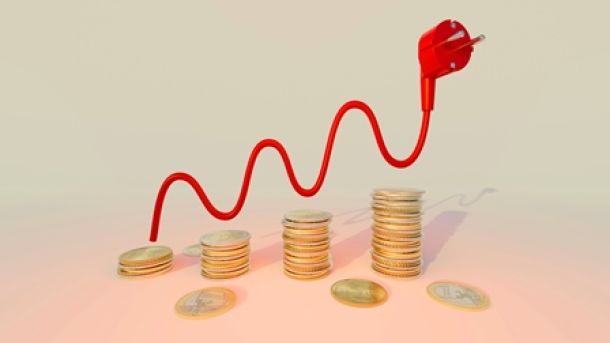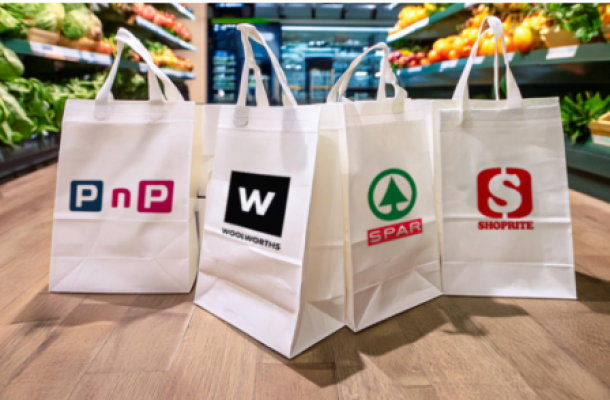Capitec is booming and making the 'big 4' worry
A budget bank is booming in South Africa's economic slump, challenging the decades-long dominance of the "big four" lenders and prompting a price war that is driving down banking costs in a country where many people can't afford an account.
Capitec Bank has doubled its customer numbers over the past five years and quadrupled in market value, even as South Africa's economic growth has stalled and the country has slid into recession, squeezing household incomes.
It offers a single "no-frills" bank account with low fees, as well as unsecured loans to customers including low-income borrowers, but steers clear of the more complex financial products offered by rivals.
This model has insulated it from the downturn, which has constrained mortgage lending and vehicle finance, key business areas for the four biggest banks: Standard Bank, FirstRand, Barclays Africa and Nedbank .
Those four heavyweights have reigned unchallenged over South Africa's financial sector since the 1990s.
But Capitec, whose shares have risen more than 300% percent since 2012 and over 30 percent this year, now has a market value of R103 billion ($7.9 billion) - closing in on the number four lender Nedbank, which is worth R110 billion.
The Stellenbosch-based bank, which launched in 2001, has 9 million customers, of which 4 million are so-called primary clients who have their salaries deposited into these accounts.
"Most of them we've taken from other banks," Capitec Chief Executive Gerrie Fourie told Reuters in an interview, saying that his bank attracts 100,000 to 150,000 new customers a month. "The economy is helping us," he added. "People have started questioning why they have to pay banking costs."
There are clear risks to the bank's business model of offering unsecured loans to lower-income borrowers without any other forms of lending to counter any losses, according to industry experts.
Capitec's rise is nonetheless forcing its rivals to respond. They are all fighting back with their own no frills accounts aimed at hard-pressed consumers.
This is pushing down the cost of banking in South Africa - a significant development in a country where only around half of the 55 million population have bank accounts, according to Nielsen research, partly because of the charges involved.
- REUTERS
News Category
- International retailers
- On the move
- Awards and achievements
- Legislation
- Wine and liquor
- Africa
- Going green
- Supplier news
- Research tools
- Retailer trading results
- Supply chain
- Innovation and technology
- Economic factors
- Crime and security
- Store Openings
- Marketing and Promotions
- Social Responsibility
- Brand Press Office
Related Articles

Checkers Sixty60 wipes floor with Pick n Pay As...

Top tips for consumers to combat escalating ele...

Clear winner in South African retail battle

Drinks survey reveals Rooibos as a top choice a...


